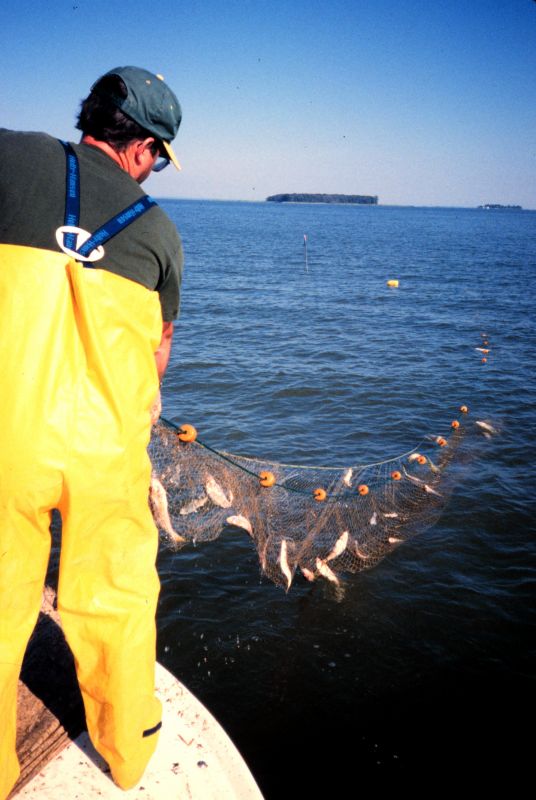
Photo credit: NOAA Restoration Center, Chris Doley
A new model has been developed to study rising ocean temperatures and fishing rates on a single fish population, which might also forecast the combined impact of climate change and fishing on other species. NOAA researchers developed the model to forecast the future of the Atlantic croaker fishery in the mid Atlantic under various climate and fishing scenarios. The results for various temperature and fish population scenarios through 2100:
- At current fishing levels, the spawning population of Atlantic croaker will increase between 60 and 100 percent.
- The center of the Atlantic croaker population will shift 30 to 65 miles north.
- The maximum sustainable yield will increase 30 to 100%.
Lead author Jon Hare of the Northeast Fisheries Science Center lab in Rhode Island explains:
“Some fish populations will increase and others decrease as a result of climate change. Understanding and quantifying the effect of climate change on populations, in combination with the effect of exploitation, is a major challenge to rebuilding and maintaining sustainable fisheries in the coming decades.”
Atlantic croaker (Micropogonias undulatus) is a coastal marine fish of the eastern US supporting an $8 million commercial fishery annually. Previous studies have shown a strong link between croaker abundance and winter temperatures.
The population model was based on the expectation that ocean temperatures will increase through the 21st century. It was also based on the hypothesis that recruitment—the survival of juveniles to adulthood—is determined by water temperatures. Although Atlantic croaker spawn in the ocean, their larvae migrate to Delaware Bay, Chesapeake Bay, and Pamlico Sound, where they overwinter. Winter temperatures in the bays strongly affect larval survival.
The problem with current fisheries models is twofold. First, they tend to be short-sighted, says Jon Hare:
“Most stock assessments that inform fishery management decisions do not include the effect of a changing environment because they are conducted annually or every few years and do not provide a long-term view.”
On the other hand, climate models tend to forecast on 50 to 100 timescales, and that’s too long for fisheries management, says Hare:
“Fishery management does not operate on these long time scales, and shorter-term forecasts are required. In the future, a range of climate forecasts that include both the effects of fishing and climate on fish populations over time intervals of 5 to 20 years, 20 to 50 years and 50 to 100 years could be provided. These kinds of coupled models will help provide the best scientific advice for managing fisheries under changing climate conditions in the future.”
The paper‘s in the March 2010 issue of Ecology Applications published by the Ecological Society of America.















